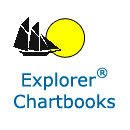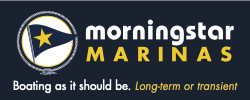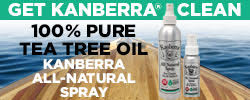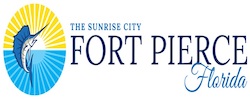Post-Hurricane Warnings and Advice
Although media reports are presenting better than expected storm results, we’re already seeing some significant changes to waterway facilities. The coastlines, especially in South Carolina, seem to have taken major hits. For example, there are reports of heavy damage to Palmetto Bay Marina in Hilton Head which has possibly been destroyed. A report said that Hinckley Yacht Services in Savannah no longer has any docks along the ICW. Note that these are unconfirmed reports.
It is still very early and much too soon to find out about sea floor changes through to southern Florida. I would put every non-ship inlet, especially the shifting minor ones like St Augustine on a no-fly list until there are many confirmed passages and verification of buoy placements by local facilities.
It will take at least a week to uncover the extent of the damage. We should be encouraging others, especially first-time ICW boaters, to slow way down. Assume that the marina where you have reservations doesn’t exist until you have new confirmation. Let’s all work together to share all information.
Confirmations and reports shouldn’t be proprietary in any way. This isn’t a time to make commercial gains due to the destruction of the waterways we all love. We consider all storm information we provide to be without copyright and with no need for attribution to ActiveCaptain. Take whatever is reported and share it far and wide on every source that exists.
Jeffrey Siegel
What follows is a reminder from the USCG forwarded by MTOA.
Mariners are reminded that aids to navigation, particularly lighted and unlighted buoys, may be moved from charted position, damaged, destroyed, extinguished, or otherwise deemed discrepant as a result of hurricanes and storms. Mariners should not rely solely upon the position or operation of an aid to navigation, but also employ such other methods of determining position as may be available. Port Hurricane Conditions are set up by the COTP and will change as the threat of severe weather increases, or as a storm approaches a specific COTP Area of Responsibility. For COTP-specific Port Hurricane Conditions, you should review information provided under the Port Directory tab of http://homeport.uscg.mil
Condition 4 – Hurricane Seasonal Alert. 01 June–30 November; port status: open.
Condition Whiskey – Sustained Gale Force winds associated with Tropical Cyclone activity are predicted within 72 hours; port status: open. Condition X-Ray – Sustained Gale Force winds associated with Tropical Cyclone activity are predicted within 48 hours; port status: open. Condition Yankee – Sustained Gale Force winds associated with Tropical Cyclone activity are predicted within 24 hours; port status: restricted; vessel/facility control measures in effect. Condition Zulu – Sustained Gale Force winds associated with Tropical Cyclone activity are predicted within 12 hours; port status: closed to all vessel traffic and waterside activities except for activities approved by the COTP.
Drawbridges along the coast may deviate from normal operating procedures. Drawbridges are authorized to remain closed upon approach of Gale Force winds of 34 knots or greater. Extended closure periods may be authorized up to 8 hours prior to arrival of Gale Force winds to facilitate evacuation of land traffic. Due to the uncertainty of hurricane movements and bridge closures, mariners are urged to seek passage through drawbridges well in advance of the arrival of Gale Force winds.
Mike Brown
For those underway there are some clear interests: flooding, shoaling, bridges out of operation, debris, clean-up operations, facilities (particularly for fuel, water, and pump-out but also for dockage and mooring with or without electricity), cell phone coverage, provisioning, and probably things I haven’t thought of. Sometimes the obvious escapes me.
Some of the sources cruisers are used to turning to are ourselves waiting for updates.
For my part I will reach out to fellow SSCA Cruising Stations, OCC Port Officers, and AGLCA Harbor Hosts to collect local information.
For those of you part of larger organizations if you do not want to be the point of contact for updates please let me know who you want on my distribution. I plan to set up a mailing list that anyone can use for the group Jeff identified and can add/drop anyone you like.
SSCA’s Seven Seas U has had a free, nightly webinar for the last week in which Lee Chesneau and Chris Parker provided their insights and a whole lot of information from sources not usually available to the cruising boater.
Would anyone be interested in supporting, perhaps on a rotating basis, a similar effort to help cruisers understand the damage they face heading South? This could be an opportunity to reinforce the message of slow down, call ahead, plan for getting held up, …
sail fast and eat well, dave
Dave Skolnick S/V Auspicious












Be the first to comment!